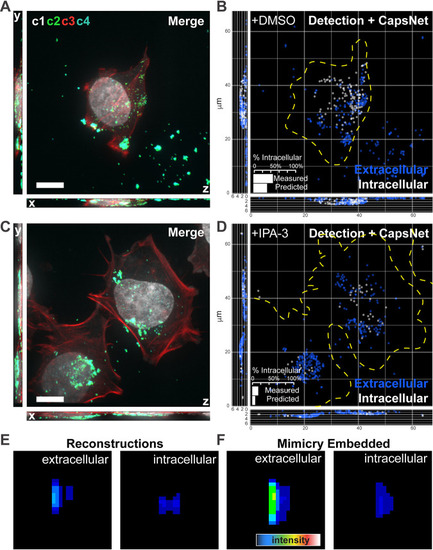FIG 4
- ID
- ZDB-FIG-201003-225
- Publication
- Yakimovich et al., 2020 - Mimicry Embedding Facilitates Advanced Neural Network Training for Image-Based Pathogen Detection
- Other Figures
- All Figure Page
- Back to All Figure Page
|
Mimicry embedding can be used for weak-labeling particle classification. (A) Merged four channel fluorescent image of a HeLa cell infected with VACV previously unseen by CapsNet (see |

